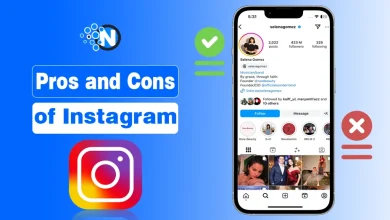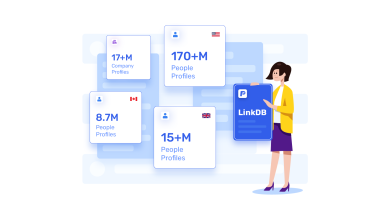Money-Saving Shopping Techniques

Marketologists do their best to get customers to spend their money on things they don’t need. Attractive discounts, three products for the price of two, sales – these are things that easily and imperceptibly harm our budget.
At the same time, it is worth noting that we usually think twice before buying something significant. However, there is one hidden danger. We hardly think about it when we buy an extra ice cream or chocolate bar. Such allegedly insignificant purchases are often the reason why one may need to get small loan at the end of the month or borrow some money from friends or parents.
Fortunately, this problem can be solved. Our article will give you some tips that will make your shopping more economical. By saving small amounts every day, you can save a large amount by the end of the month and even more by the end of the year.
Quality advertising makes us spend the lion’s share of our budget on products that we can easily do without. In addition, the fact that impulse buying causes the most damage to low-income people is extremely important. You might be surprised, but according to statistics, people with the lowest income spend the most on food. It’s high time we changed it.
- Go Shopping in the Morning
Consider the typical workday of an employee as one way to understand better how to reduce your spending. Early in the morning, when fewer people are around, is when they will complete their rounds of discounting, reviewing inventory, and identifying items that are due to expire. You’ll be among the first to benefit from the discount if you’re present during the initial few hours of these operations.
- Don’t Use a Big Shopping Cart
The size of shopping carts has grown significantly over the past few decades. Most often, this is not done to make the purchasing process more comfortable. The more we buy, the more satisfaction we feel when we leave the store. And marketers understand this perfectly.
If there is an opportunity to take a small cart, do so. If this is not possible, remember that you are not obliged to fill the cart to the brim. It may look empty, but you saved money.
- Come to the Store With Your Bag
This may seem like a small thing, but do not underestimate this point. It is necessary to remember that we spend the most money on insignificant things. And even if you don’t save a lot of money, bringing your bag will help save the environment. In addition, cloth bags often look much better than standard plastic bags.
- Headphones Can Save Your Money!
Do you recall what tune was playing at the last grocery shop you visited? Most likely not, but your grocery store clerk is aware of what and why they are playing. Fast-paced music makes people move through the store more quickly, but slow-tempo music causes people to slow down and take in the variety of goods on sale, according to a 1982 study that examined the tempo of music played at a grocery store.
Bring your headphones and your favorite pop music to the store. You might even leave the store with a smaller bill and at record speed.
- Don’t Be Afraid to Return Goods
When you are hungry, you may occasionally buy something on the spur of the moment only to hate it when you get it home. It occurs, but that does not imply you must suffer the financial repercussions. If a client isn’t completely satisfied with a purchase, they may always return it and get their entire money back. And yes, even if the bag is open, it is still the case. Before pulling out your credit card, be sure to Google the policies of several grocery stores.
- Sale Doesn’t Always Mean a Good Deal
It’s a good idea to stick to your food shopping list rather than allowing sale tags to tempt you, even though it could seem a little counterproductive. Why is that? The merchandise that isn’t selling well at grocery stores is frequently brought to light. Given that they don’t want to lose their investment, this makes logical. This can occasionally work to your advantage; you can come across something fresh that you adore. However, these are usually products that will continue to occupy the shelves aimlessly but are now in your house.
- Analyze Prices
If you live close to several grocery stores, consider visiting a few and comparing prices. Discover which retailer offers the things you require at a lower price by looking at their current sales. A slightly longer trip to the supermarket can maximize your savings.
- Don’t Buy Pre-Packaged
While purchasing pre-cut vegetables or cheese can save you time when cooking, shops frequently charge more for the convenience. To save money, choose complete items like fresh or frozen vegetables and block cheese.
- Don’t Pay With a Credit Card
According to research, consumers are more inclined to spend a little bit more while using a credit card than when using cash. The biggest advantage of cash is that it is limited. Knowing that you can only spend $50, you can carry $50 inside the store.
Additionally, compared to old, crumpled money, you are probably less likely to spend money that is crisp and new.
- Join a Loyalty Program
Most of the loyalty programs offered by grocery stores are free to join. You won’t need to clip coupons to take advantage of member-only savings when you sign up because they will be taken off immediately at checkout. Joining such a program will take you only a few minutes, but it can become a helpful tool for regular savings.
Conclusion
So there are at least nine ways to save on food. It is not necessary to use all these tips at once. You can choose just a few ways to save money that are the best for you. Without a doubt, it will significantly improve the situation.




